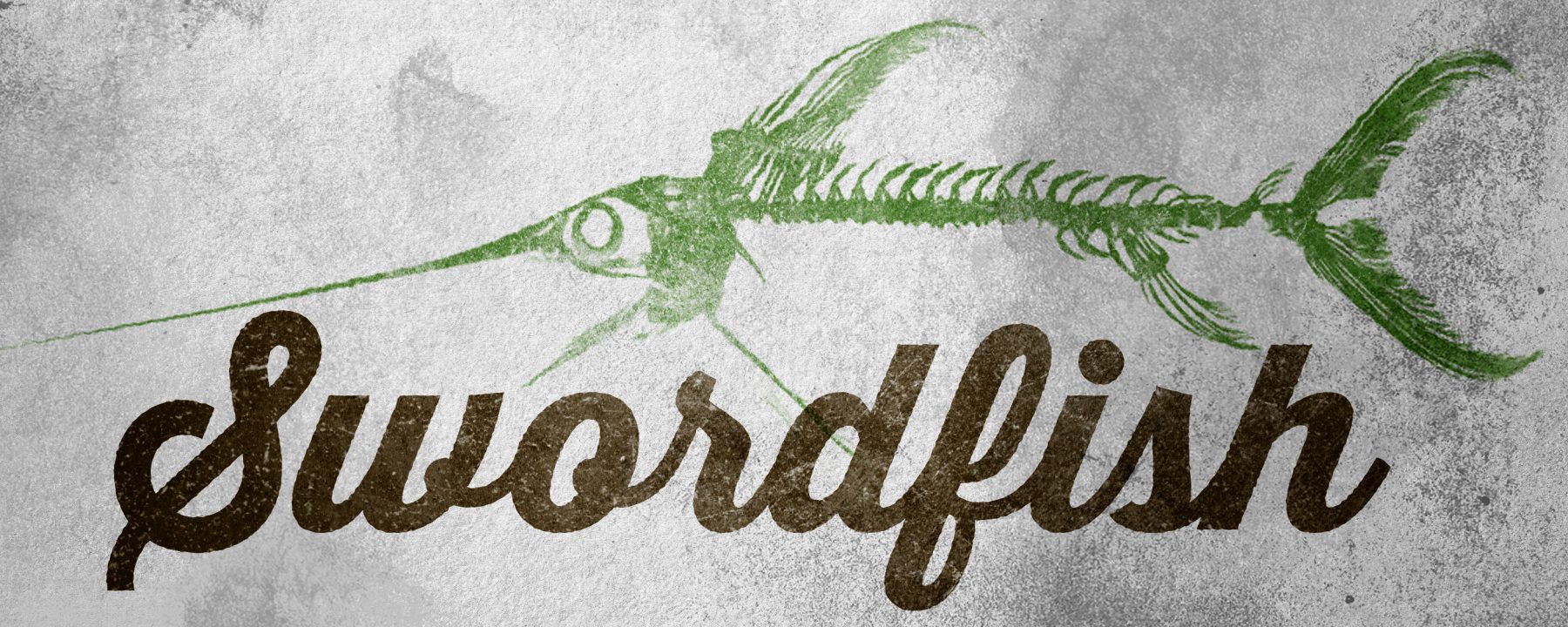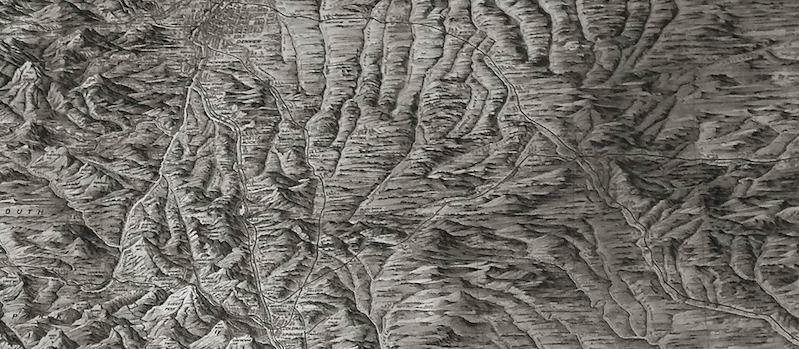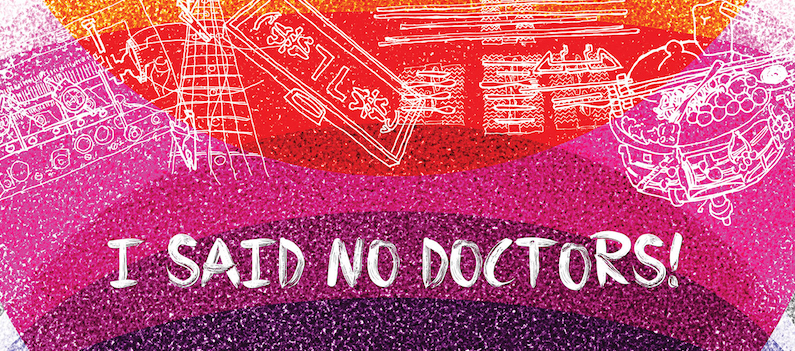There’s no place to enter The Crowneater – the new LP from Alder & Ash, out Dec. 6 via Mendicant – because the whole record is just that damned incredible. From the fine-textured drones of opener “Breath of the Ashen Earth” to the cello-whistling dissonance that kicks off closer “Still Breathing, Still Born” eight tracks later, this record is a magnificent portrait of the intersection of avant-garde composition and post-classical sensibilities, simple as that.
For those just joining the program, Alder & Ash is Montreal-based cellist Adrian Copeland – and Adrian Copeland alone. Assisted only by loop pedals, occasional distortion techniques and his wits, Copeland, in his own words, “brings together elements of modern classical, noise, and doom, exploring the dichotomies of minimalism and maximalism, stillness and cacophony, terror and chaos.” This is, without a question, heady stuff. It’s also incredibly, incredibly rewarding and fulfilling music.
The Crowneater is a step forward from 2017’s excellent Clutched In The Maw of The World, which I rightly lauded upon its release. Despite (mostly) restraint from pursuing tremendously climactic – some might say melodramatic – moments like Clutched’s “A Seat Amongst God and His Children,” The Crowneater is more consistent in tone and tenor than its predecessors. It’s even, in some ways, grander; it spreads its genius evenly over the entire period of time it takes to ingest it.
And, man, it has some moments that will strip your skin right the hell off and make you feel utterly vulnerable. While the aforementioned “Breath of the Ashen Earth” would knock the wind out of Terry Riley, on the other side of the sound-spectrum lies “Sons and Daughters of the Slaughter,” which spews furious bile – here, cello electrified to sound like a screechy electric guitar – over claptrap “percussion.” It’s as an evil Bizarro version of Bernard Herrmann played a one-man quartet by Shostakovich. “Feverling,” which has the horrendous task of following “Sons and Daughters of the Slaughter,” is, somehow, equally as brilliant, its shrieking refrains giving way to a bombastic second half. The record’s title track is epic but yet somehow subdued, even modest in presentation. How does Copeland do this in four- and five-minute clips?
And then there is “No More Storms.” The song is, quite simply, Copeland at his elegiac best. It starts with a vaguely Eastern set of effects (is that a broken, wood wind-chime?) and chords, and flowers into a somber fugue, where all the sound-voices are interwoven by Copeland’s singular cello. It’s a breathtaking composition and the most beautifully sad thing I’ve heard in years. For that alone, you need to find this record, cherish this record and implore Copeland, by Tweet or in person, to record more. There are few musicians out there with as brilliant a handle on texture and the emotiveness of anguish and penitence as Copeland. Yeah, this is serious listening. But you also might be listening to a genius. – Justin Vellucci, MusicTAP, Nov. 27, 2019
-30-




